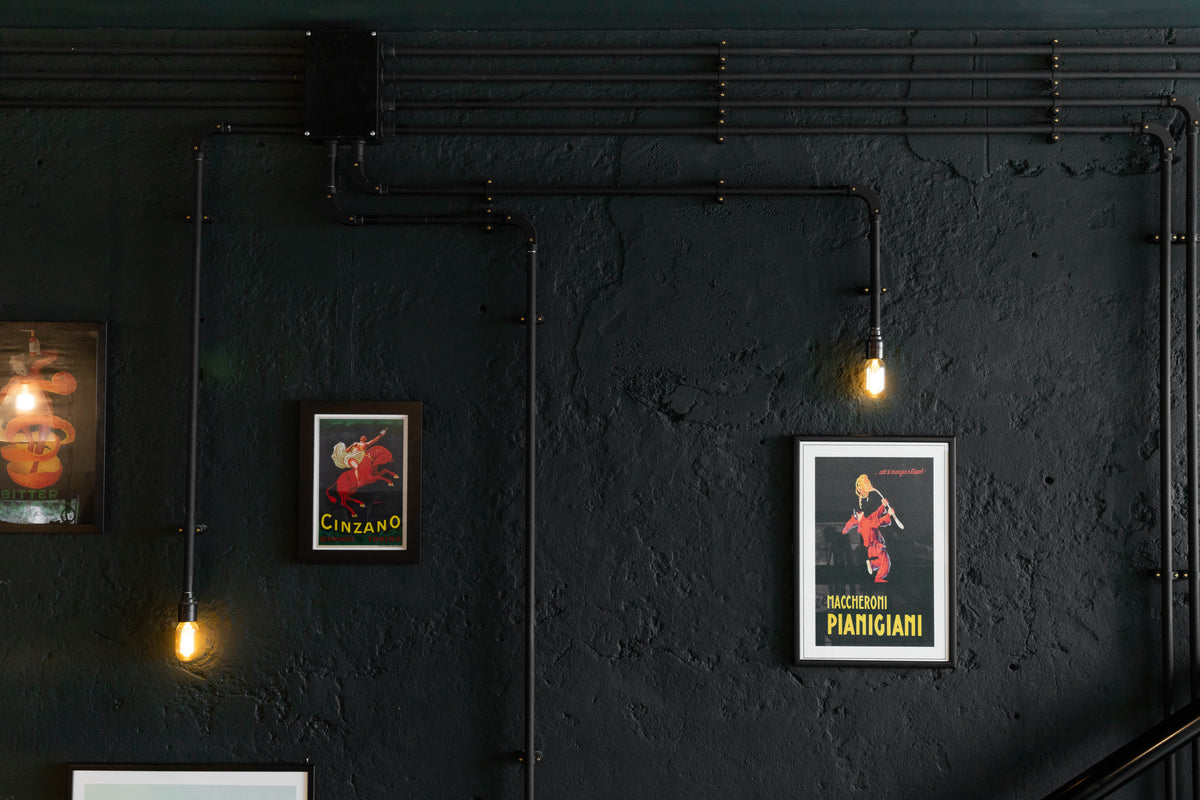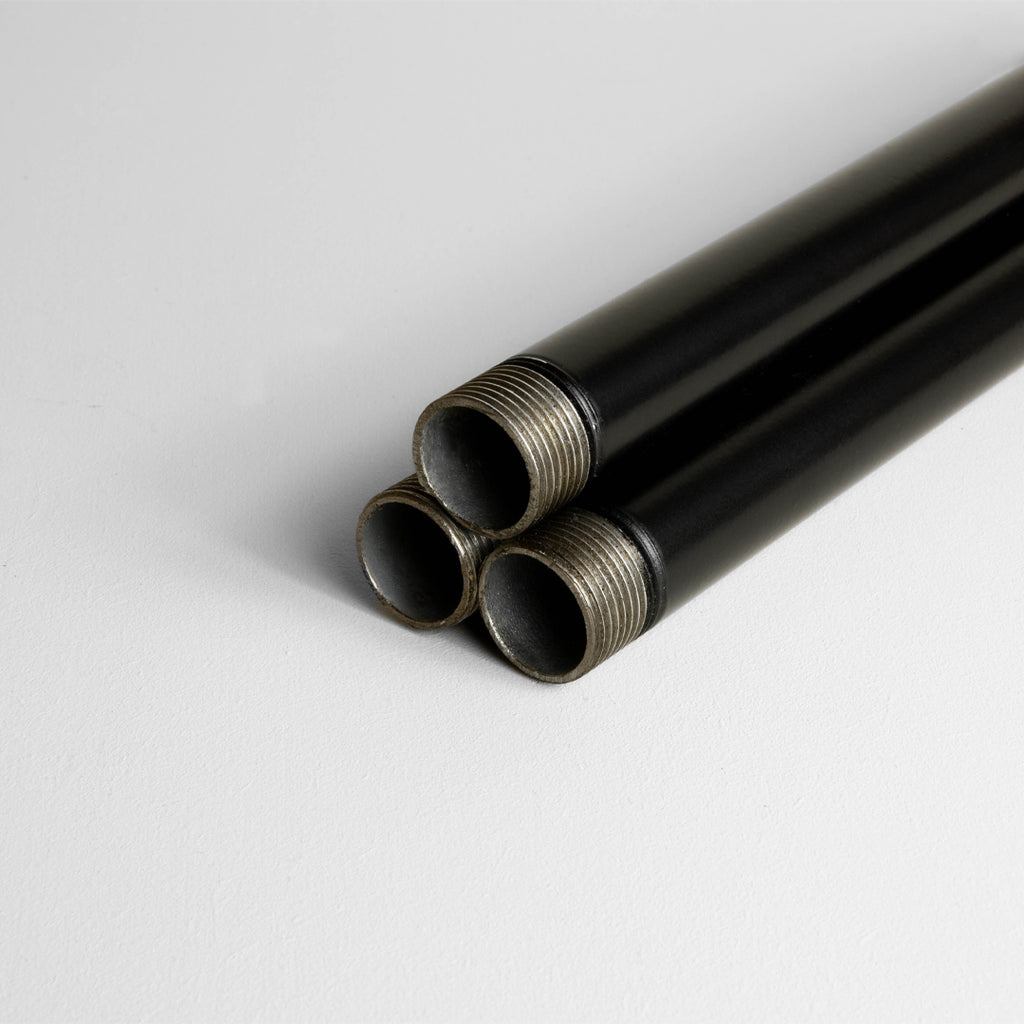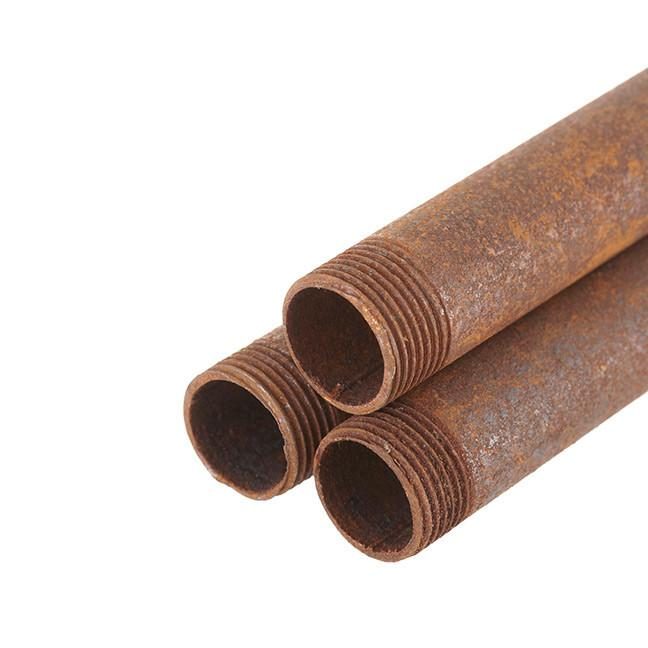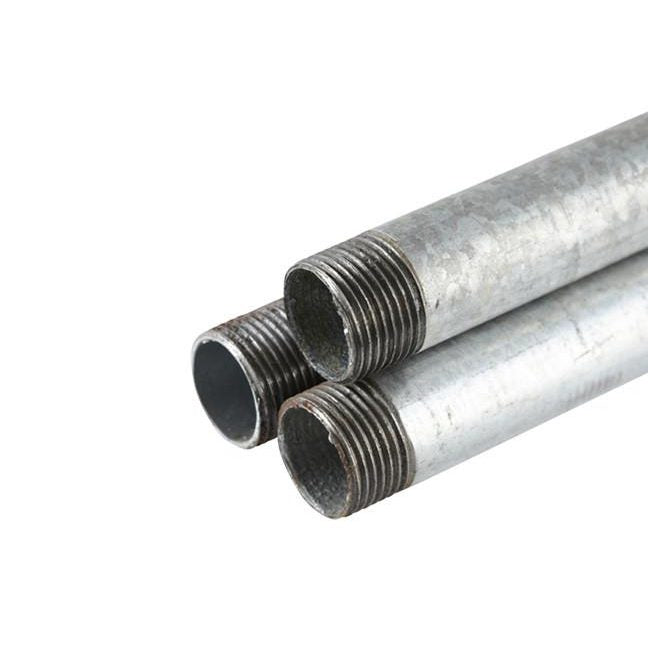Conduit
Think of conduit as the perfect mix of muscle and style for your wiring - tough enough to protect, smart enough to show off. Let us walk you through what conduit is, why it’s both practical and aesthetic, and how you can use it to give your home’s wiring a polished, purposeful look.

Onzo Pizzeria St Ives - the perfect example of how conduit can be both practical and aesthetically pleasing.
What is Electrical Conduit?
Electrical conduit is a protective tube that houses and organises your wiring - keeping it safe, tidy, and built to last. Traditionally used to meet safety standards and protect cables from wear and damage, conduit has become much more than a practical necessity. When chosen thoughtfully, it can add structure, texture, and style to your space.
The Practical Role of Conduit in Homes
From an electrical-engineering standpoint, conduit serves several core functions:
- Mechanical protection - It shields wires from nails, screws, impact, rodents, and general wear over time.
- Segregation and organisation - Rather than running a tangle of cables, conduit lets you run neat, separate routes, making tracing and servicing easier.
- Ease and maintenance & upgrades - If you ever want to rewire or add a circuit, having conduit means you often don't have to rip out dry wall - you can pull new cable through the existing path.
But beyond function, conduit offers designers a powerful tool for bringing visual coherence and character to a space.
Conduit as a Design Choice: Practical & Aesthetic
Yes - conduit doesn’t have to be hidden behind walls. In fact, when done well, exposed conduit becomes part of the visual language of a room: a deliberate, industrial-modern detail rather than something to conceal.
Here's what it brings to a space:
- Clean lines & rhythm - Running parallel conduit lines, using neat elbows and couplers, can create a visual grid or frame over walls or ceilings. It gives structure and geometry to what might otherwise be chaotic.
- Material & finish as accent - Here at the The Workshop Below we offer finishes such as Antique Brass, Textured Black, and Dark Bronze for your conduit. Each finish carries personality - whether warm, vintage, bold, or minimalist - and ties in with hardware, lighting, or furniture elsewhere.
- Visible contrast - in rooms with neutral paint or exposed masonry, the contrast of metallic conduit can become a deliberate visual element. Think dark conduit against white plaster, or brass lines against raw brick.
- Functional hardware as decoration - Accessories like flanged couplers, domed covers, elbow joints, distance saddles, and end boxes can be selected not just for fit but for style. When visible, these become part of the “hardware language” of the interior.
In some of our installations (for example, in Onzo Pizzeria in St Ives), the Textured Black Conduit is a deliberate design feature, contributing visually to the space rather than something to hide. Read more about our Onzo Pizzeria project here
What you gain from incorporating Conduit
- Durability & future proofing - Because cables are protected and routing is clearer, you reduce the risk of damage or confusion down the line.
- Easier upgrades - Running new circuits is simpler when you can fish new cable through existing conduit runs rather than opening walls.
- Aesthetic detail - Conduit can echo architectural lines, coordinate with lighting or switch finishes, or anchor a visual grid across a room.
- Intentional authenticity - Rather than hiding wiring, you underscore that the building (and its services) are integral to the character of the space.
If this has sparked your interest or if you have any questions relating to Conduit and how it can feature if your home - then please do get in touch. We'd love to help







